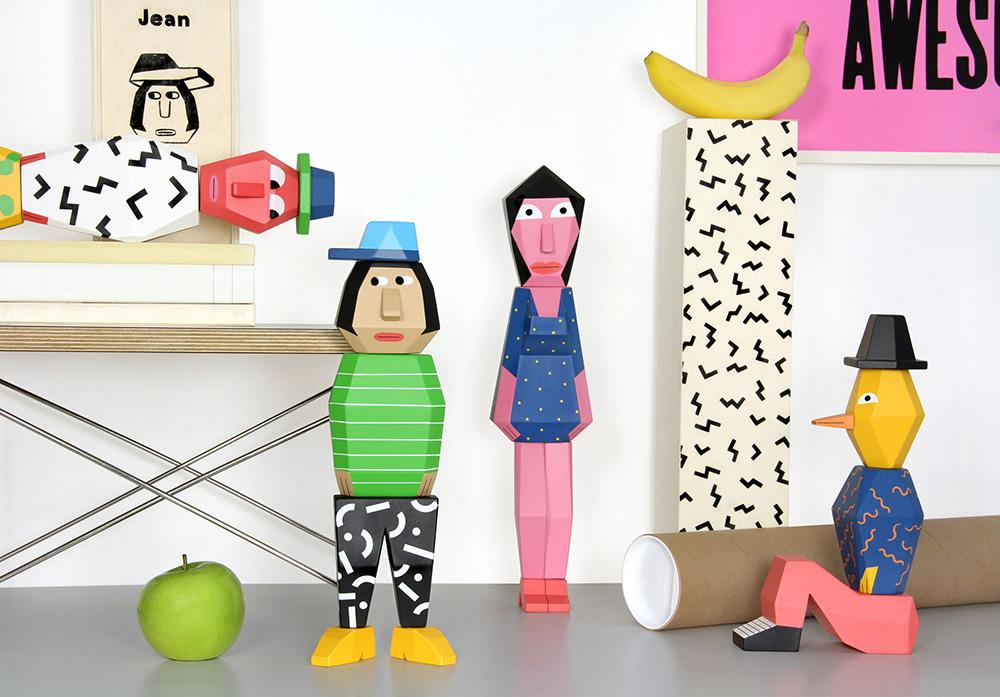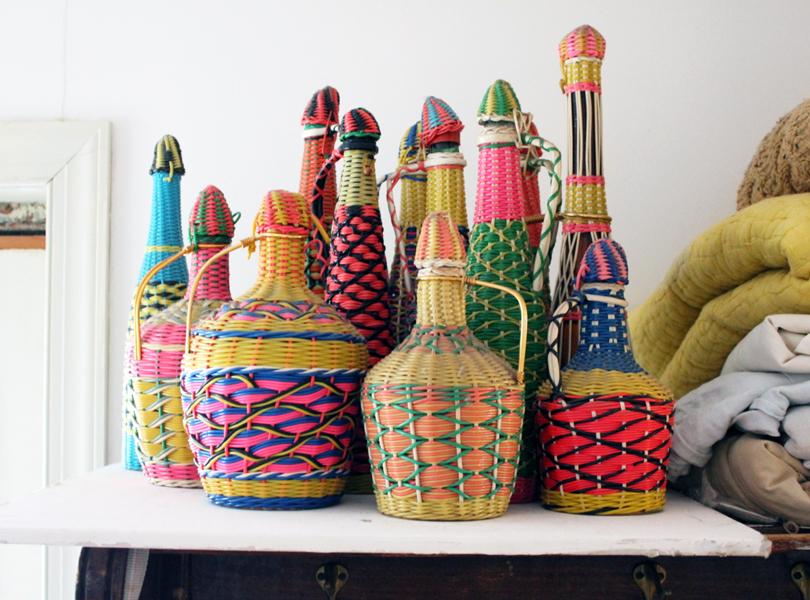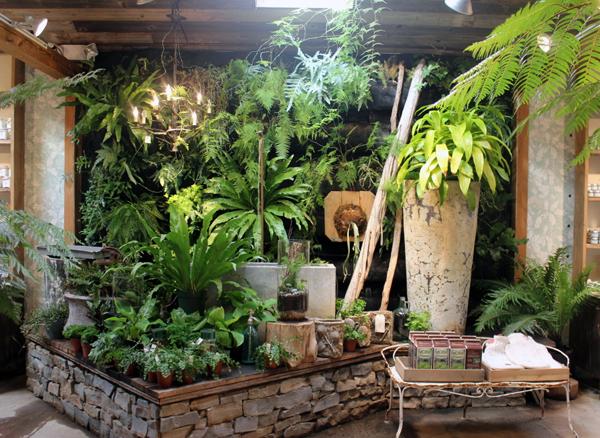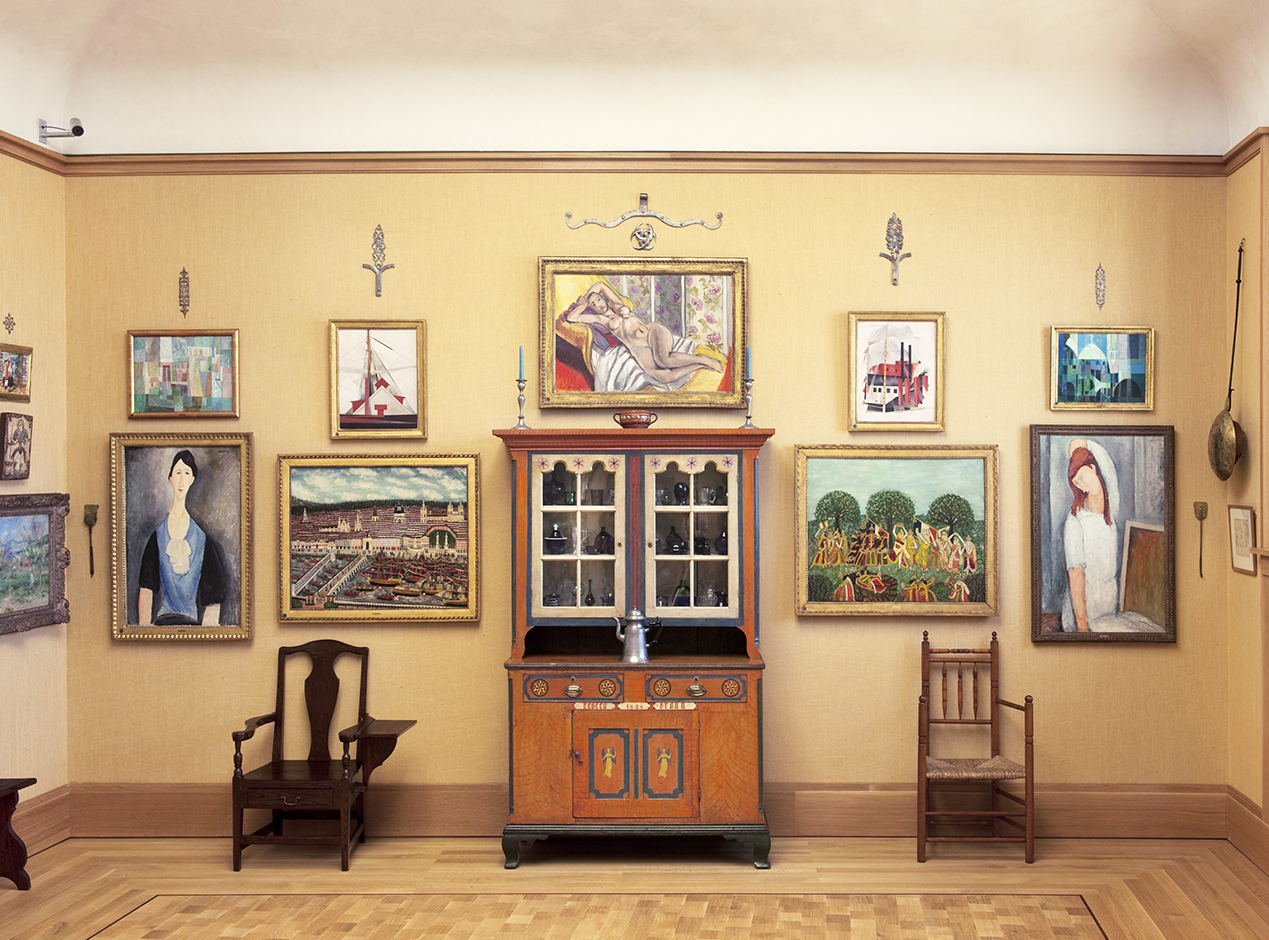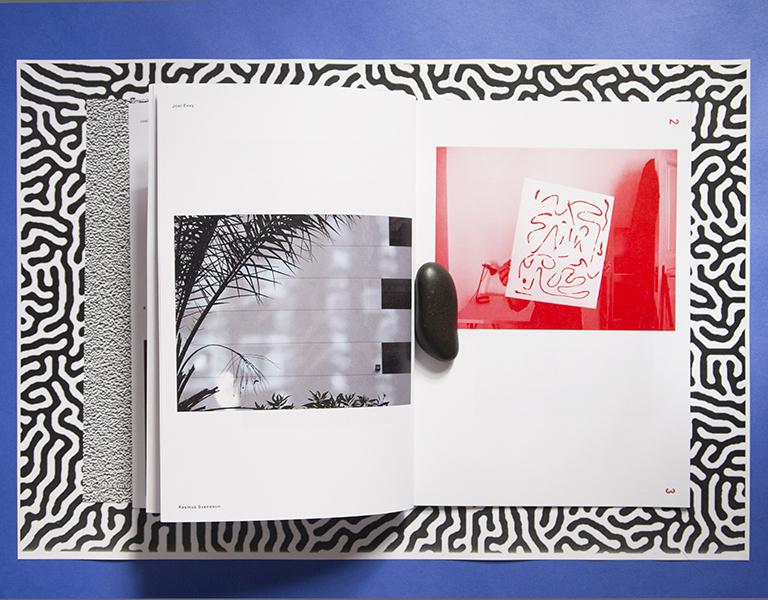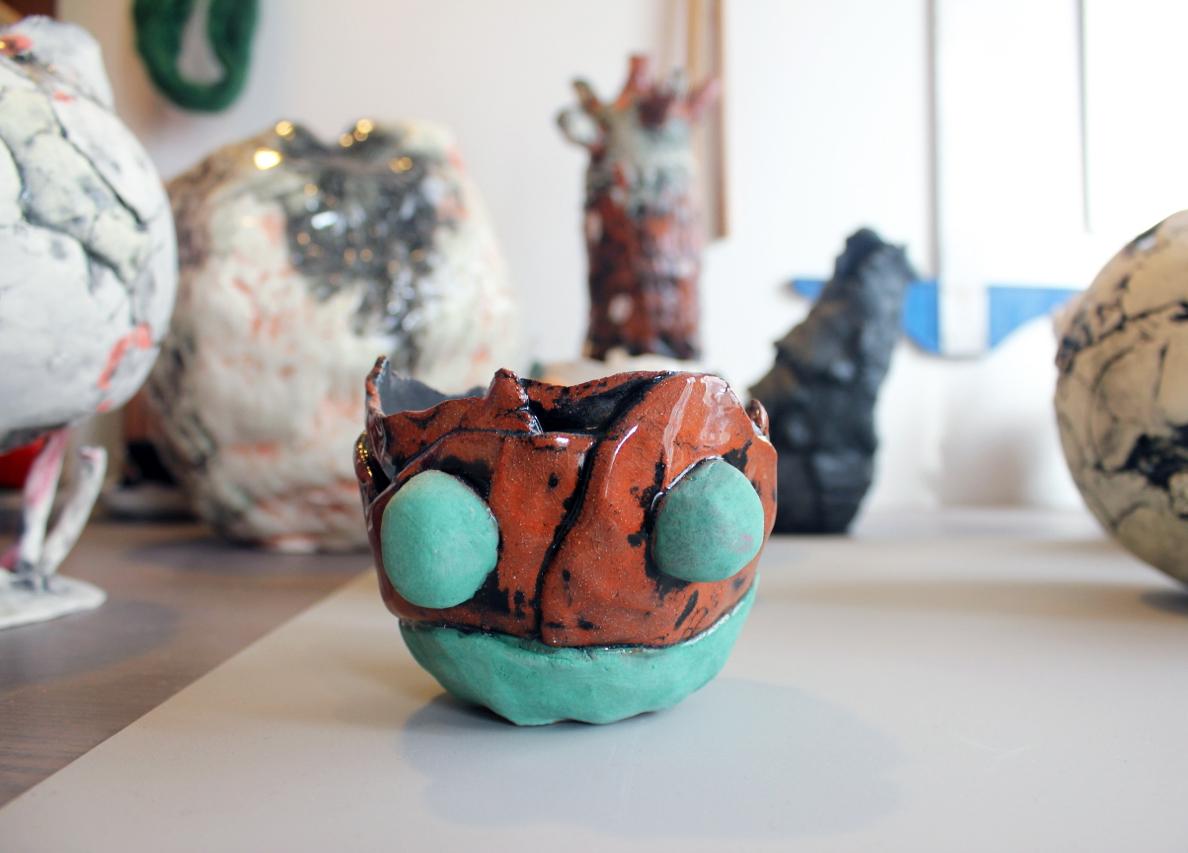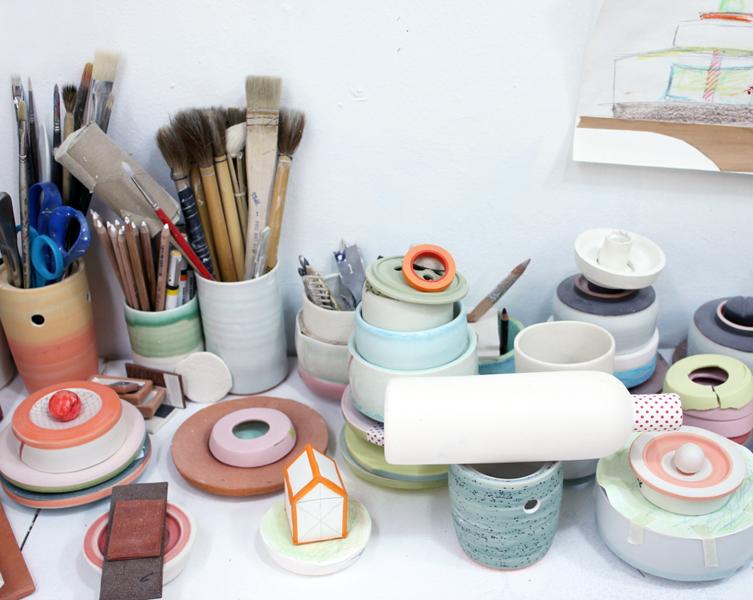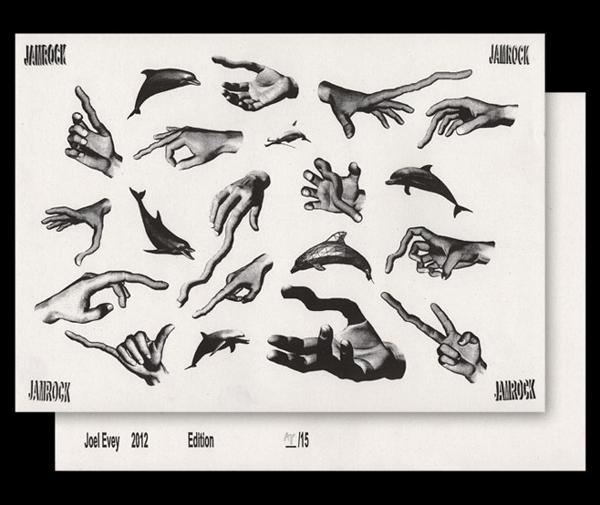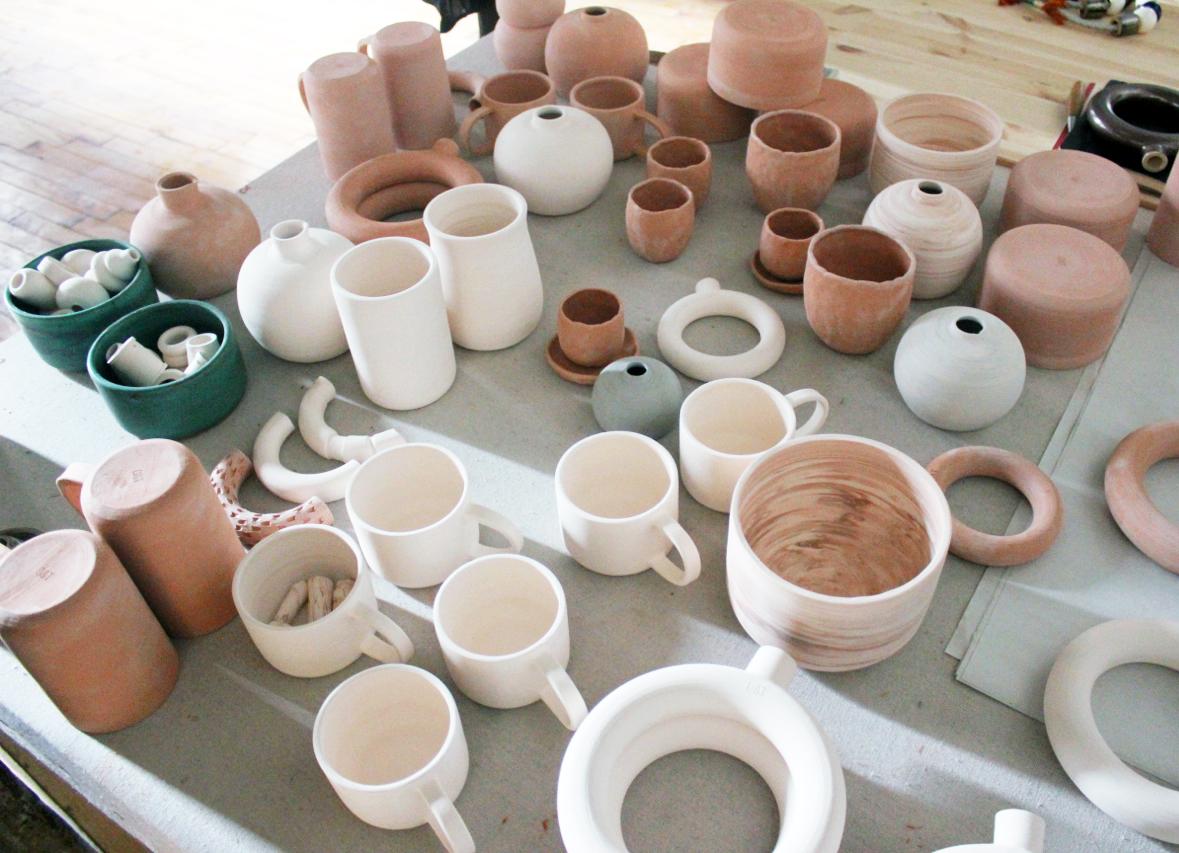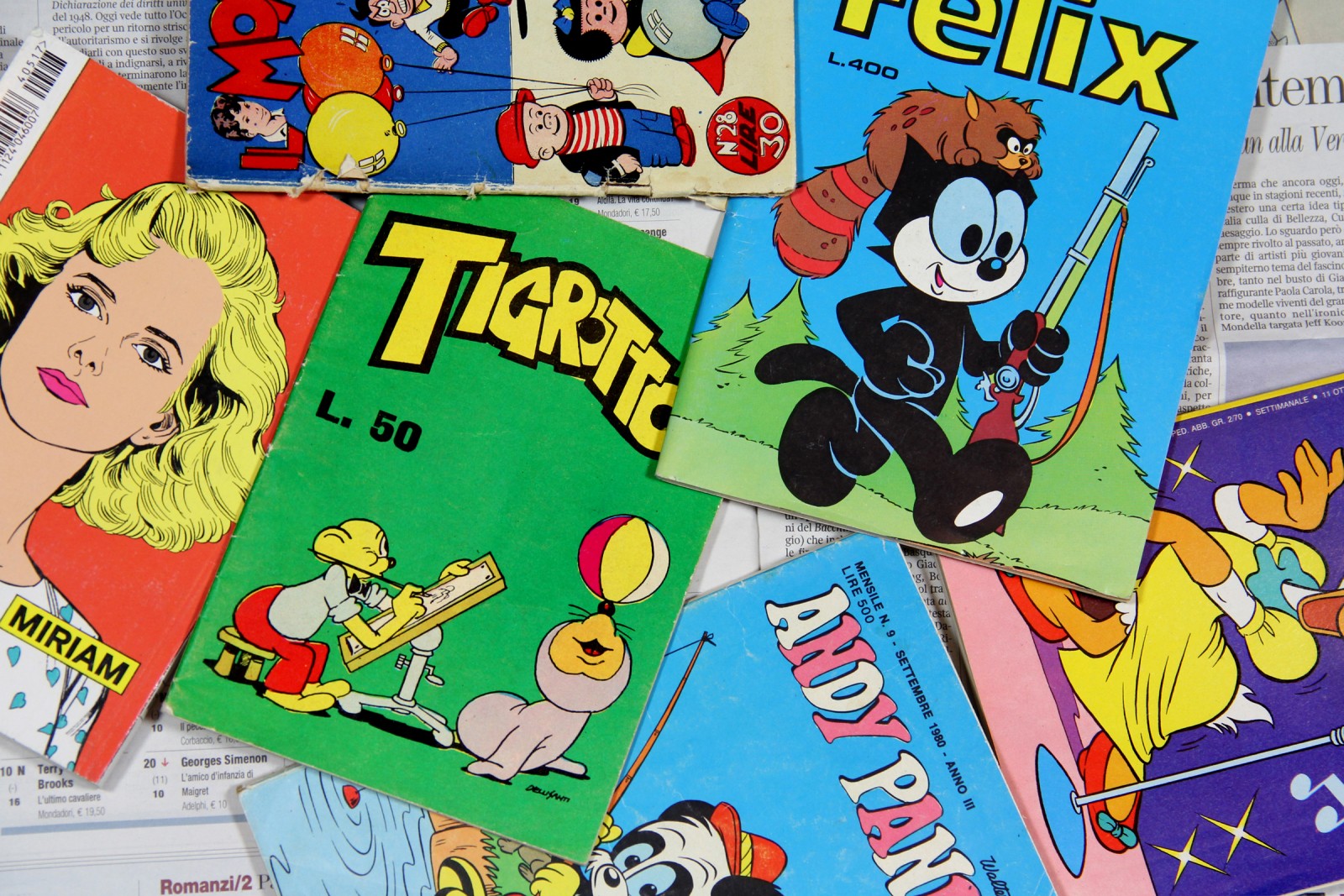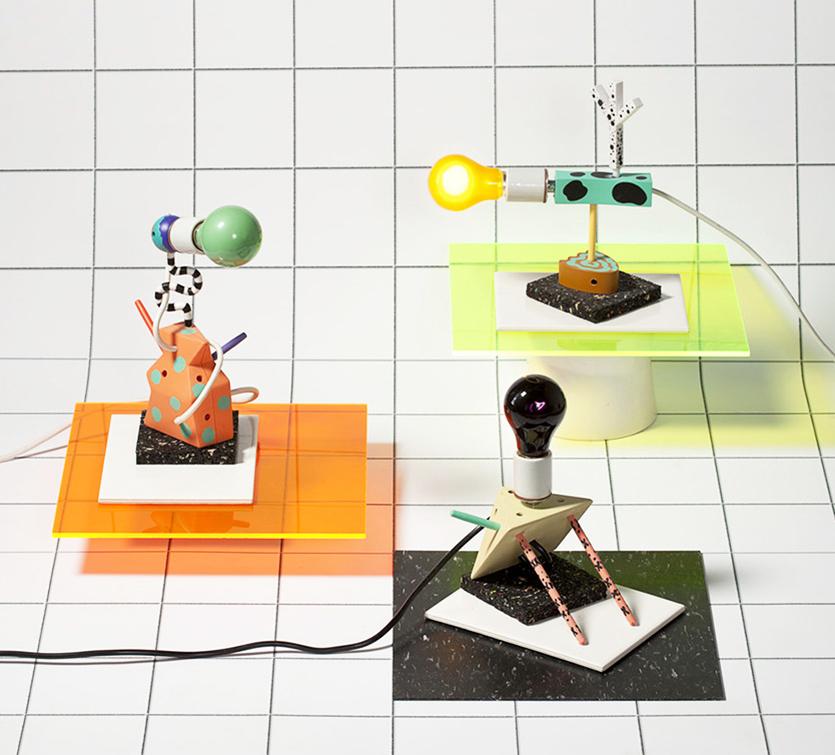
05.13.14
Excerpt: Exhibition
OBJECTS, Curated by Joel Evey
OBJECTS began, as so many great things do, with Philadelphia-based graphic designer Joel Evey playing around with tool dip: A series of plastic-splattered lamps he made from grappling hooks gave way to an ambiguous dipped "kitchen tool" and, eventually, the curiosity as to how other genre-bending artists and designers he knew and admired were approaching issues of functionality. Last year, he reached out to half a dozen of those peers — ROLU, Chen Chen and Kai Williams, Eric Timothy Carlson, Brendan Timmins, and Alex da Corte — and invited each of them to present him with a piece that redefined or recontextualized the idea of a utilitarian object for the home. "It was loose and broad, but intentionally so," he says. "The point was to ask people who already existed within this playing field to do something that danced around the idea. The results are all very different."
